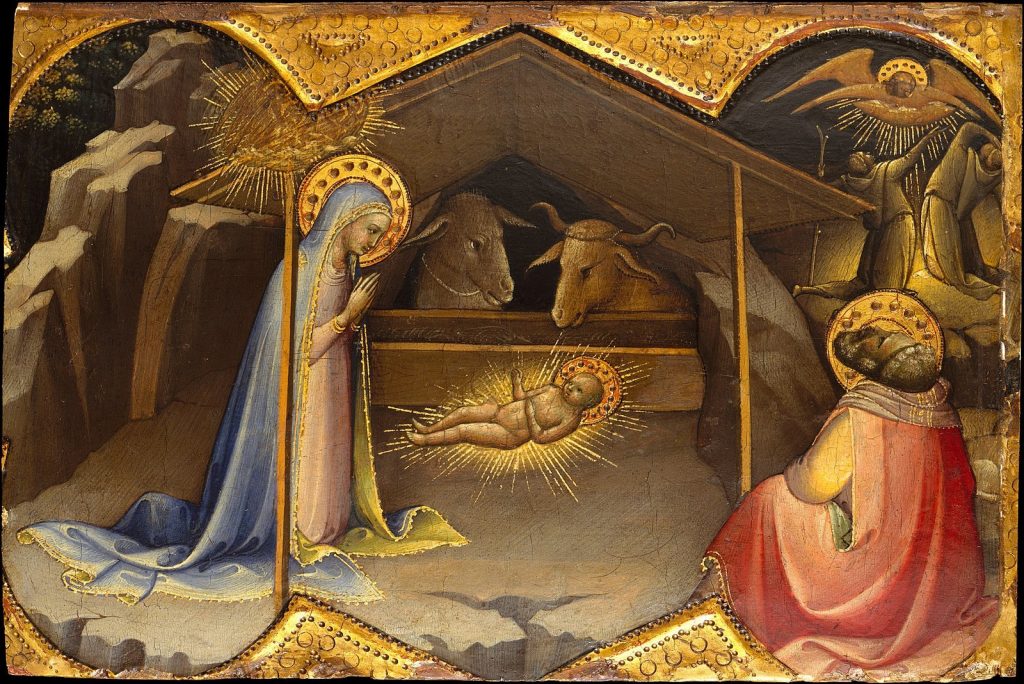The lauda began in the Middle Ages as a monophonic or single-line song, probably influenced by the troubadours. The form was adopted with gusto by the rising religious fervor of Italian guilds and confraternities in the 13th century, and reached its zenith in late 15th century Florence when polyphonic laude and their easy to understand text were often sung in place of more florid polyphony.
Here are two Florentine examples from our Trionfo recording. What does Ben venga maggio, a May song, have to do with Christmas? Florence was home to a singing tradition known as cantasi come (“to be sung like”). Sacred texts would be written down, and then a tune which everyone presumably knew would be indicated as the music to which to sing the words. Ecco’l Messia (Behold the Messiah) exists in both this duet form, and in the next three-part version, sung here as its secular cousin.

Lorenzo Monaco (Piero di Giovanni) Italian
On view at The Met Fifth Avenue in Gallery 952
http://www.metmuseum.org/art/collection/search/459007
